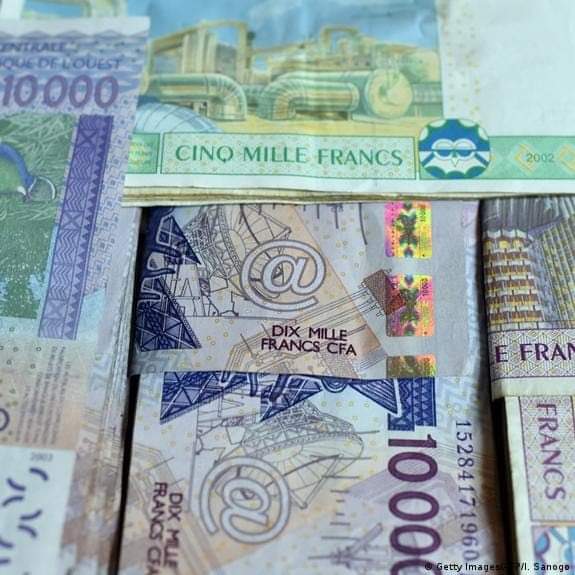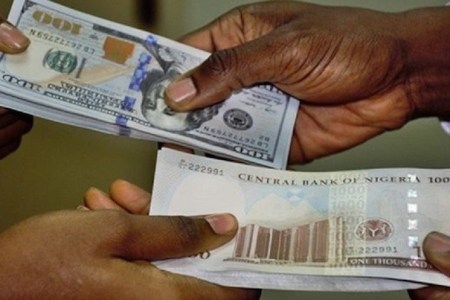REALITY OR ILLUSION: Meet the Proposed West Africa Currency for Adoption in 2027

Did you know that Eco is the name for the proposed common currency of the Economic Community of West African States (ECOWAS)?
Since its conception in 2003, leaders of the fifteen-member ECOWAS countries have postponed the launch of a single currency at least four times: in 2005, 2010, 2014, and with leaders setting a goal of achieving a monetary and currency union by late 2020, which has since failed to be achieved.
Historically, plans originally called for the West African Monetary Zone (WAMZ) states to introduce the currency first, which would eventually be merged with the CFA franc which is used by the French-speaking west African region within the West African Economic and Monetary Union (UEMOA). This will also enable the UEMOA states to gain complete fiscal and monetary independence from France. The UEMOA states have alternatively proposed to reform the CFA franc into the Eco first, which could then be extended to all ECOWAS states.
The goal of a common currency, first in West African Monetary Institute (WAMI)/ WAMZ countries—The Gambia, Ghana, Guinea-Conakry (which is French speaking but does not use the CFA franc), Liberia, Nigeria and Sierra Leone–and later in the whole ECOWAS area, was officially stated in December 2000 in connection with the formal launch of WAMZ.
At a meeting of the Convergence Council of Ministers and Governors of West Africa on 25 May 2009, the start of the currency was rescheduled to 2015 due to the international economic crisis. The December 2009 meeting also established a plan to begin work to merge the Eco with the CFA franc immediately upon the launch of the Eco; this was planned to be achieved by 2020.
In 2001, the WAMI was set up with headquarters in Accra, Ghana to be an interim organisation in preparation for the future West African Central Bank. Its function and organisation are inspired by the European Monetary Institute (EMI). Thus, WAMI is to provide a framework for central banks in the WAMZ to start the integration and begin preliminary preparations for the printing and minting of the physical money, just as EMI did before in the Eurozone before the introduction of the euro.
For the Eco to be implemented, ten convergence criteria, set out by the WAMI, must be met. These criteria are divided into four primary and six secondary criteria. Up to the fiscal year 2011, only Ghana has been able to meet all the primary criteria in any single fiscal year.
The four primary criteria to be achieved by each member country are: (1) A single-digit inflation rate at the end of each year. (2) A fiscal deficit of no more than 4% of the GDP. (3) A central bank deficit-financing of no more than 10% of the previous year's tax revenues. (4) Gross external reserves that can give import cover for a minimum of three months.
The six secondary criteria to be achieved by each member country are: (1) Prohibition of new domestic default payments and liquidation of existing ones. (2) Tax revenue should be equal to or greater than 20 percent of the GDP. (3) Wage bill to tax revenue equal to or less than 35 percent. (4) Public investment to tax revenue equal to or greater than 20 percent. (5) A stable real exchange rate. (6) A positive real interest rate.
In summary, the criteria included curbing inflation, budget deficits, and their financing, reserves, and exchange rate stability. Another criterion that these countries have been unable to meet is the debt-to-Gross Domestic Product (GDP) ratio. Recent assessments of member countries' efforts to meet the criteria are very bleak. The performance scorecard presented at the 2012 Annual Statutory Meetings of the WAMZ shows that GDP growth was projected to decline to 6.9% in 2012 from 8.7% in 2011. The convergence scale of the whole WAMZ area was also projected to go down from a score of 79.2% in 2011 to 62.5% in 2012; as no member met all the convergence criteria. The average annual inflation rate also increased from 11.6% in 2011 to 12.6% in 2012.
The Director of Multilateral Surveillance ECOWAS Commission, Lassane Kabore, described the performance as "dismal", but he also affirmed the commitment of his commission to the establishment of the Eco. But according to John Garchi Gatsi, a chartered economist and professor at the University of Cape Coast Ghana, one of the reasons the Eco currency failed to kick-off is that it was modeled like Europe's euro, where leaders came up with a set of benchmarks and criteria that all ECOWAS member states should adopt before the launch.
Some observers think Nigeria, Africa's largest economy, has dragged its feet for the Eco currency to be launched as it accounts for 65% of the region's GDP and about 50% of its total population. It is also one of the region's only two net oil exporters. Therefore, any economic shocks and responses, such as low oil prices, would be unfavorable for other countries. But economist Gatsi disagrees.
And even if these hurdles are overcome, political problems will probably still prevent the currency from taking off. History has it that there haven't been synergies between French and English-speaking countries in West Africa to work together on various regional trade and investments issues. Francophone countries within the ECOWAS region, particularly those that use the CFA franc, have their own perceptions of how the Eco currency would work. The CFA franc is used in 14 African countries, split into the West African CFA and the Central African CFA, and used by about 150 million.
Jerry J. Afo Larbi, an economist and financial analyst said that for the Eco currency to be successfully launched, there must be a unanimous agreement between anglophone and francophone countries in the region.
In June 2021, The Heads of State of ECOWAS adopted a roadmap for the launch of the common currency "Eco" in 2027, announces the final press release of the 59th ordinary session of the Assembly of Heads of State and Government of ECOWAS.
Sources: Wikipedia | DW
#penglobalfinance #Eco


_1723221801.jpg)
